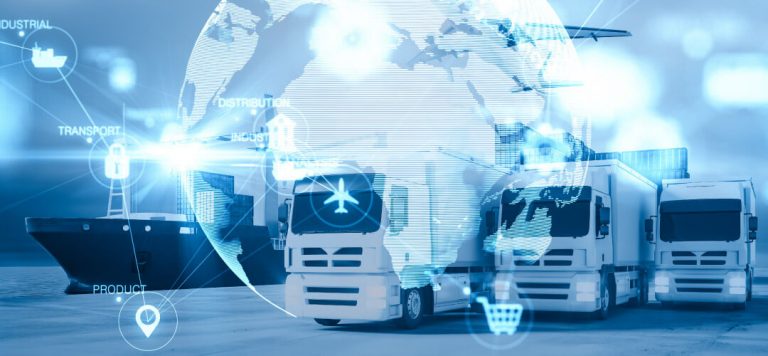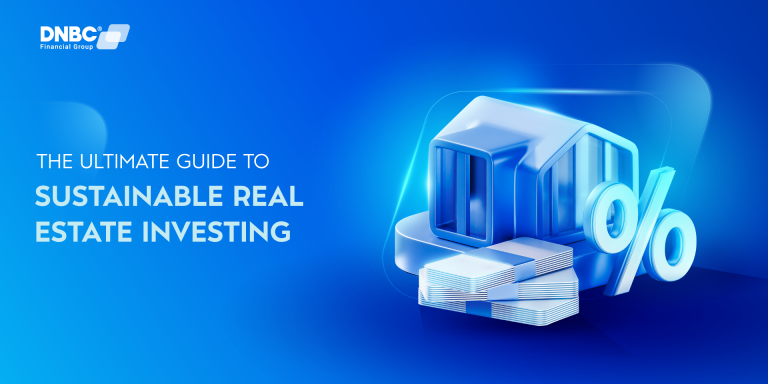Supply chain efficiency is vital for businesses that move goods across borders. In 2024, world trade will be more complex and changing than ever. New technologies, political changes, and customer needs will create new challenges. They will also create new opportunities.
Businesses want to make supply chain efficiency better. They want to spend less money, work faster, make better products, and please their customers.
We will share some good ideas and ways to do this for businesses that buy and sell things from other countries in 2024.
Improving efficiency in supply chain management: easy or hard?
Answering this question is challenging for various reasons. It can be hard or easy:
Complexity of the network
Supply chains have many different parts, such as suppliers, makers, sellers, and buyers. Each part has its own way of doing things and its own problems.
Data challenges
To make good decisions for your supply chain, you need good data. But getting good data from different places, checking it for errors, and using it well can be hard.

Resistance to change
Sometimes, people don’t like new ways of doing things. To make them accept the changes, you need to manage the change well.
Dynamic and unpredictable environment
Things outside your business can mess up your supply chain. These things can be new rules, big events, or changes in money. You can’t control these things, but they can affect your plans.
However, several factors can make it easier to improve efficiency:
Availability of technology
New technologies like AI, automation, and blockchain can help make supply chains better. They can make things faster, easier, and clearer for everyone.

Growing industry best practices
People have learned a lot from doing supply chain optimization. They have found some good ways and methods to do it better. You can use what they have learned and change it to fit your situation.
Focus on continuous improvement
Businesses can always look for ways to make their work better. They can check their work, find problems, and fix them little by little.
5 ways to improve supply chain efficiency in import and export
Here are some key ways to improve efficiency:
1. Technology and automation
Real-time cross-border payment platforms
You aim to use various tools to handle tasks like currency exchange, compliance adherence, and obtaining approvals. These tools enable quicker money transfers and help bypass unnecessary delays.
AI-powered trade finance solutions
You intend to leverage AI for trade finance, which involves buying or selling goods internationally and needs financial support. AI can assist in various aspects of this process, including:

- Check if you or your partners can pay back the money you borrow.
- Make sure the documents you need are correct and complete.
- Make the trade finance process faster and easier.
Blockchain for secure and transparent transactions
It’s a good idea to use blockchain technology to make trade finance better. Blockchain technology can help you with these things:
- Move money faster and easier between you and your partners.
- Spend less money on fees and charges for moving money.
- Trust your partners more and see what they are doing.
2. Collaboration and partnerships:
Strategic partnerships with financial institutions
You can work with banks, trade finance platforms, and customs authorities. Trade finance platforms are tools that help you buy or sell things from other countries. Working with them can help you move money and follow rules easier.
Open APIs and data sharing
It’s time to use open APIs to connect with other platforms that help you with logistics and trade finance.
Open APIs are tools that let different systems talk to each other and share information. Using open APIs can help you improve your information flow and make your work easier.
3. Process optimization:
Streamlined trade finance documentation
Documents and signatures are important for trade finance. They show what you agree to do and prove your identity. With handling the documents and signatures, you can make your work faster.
Dynamic foreign exchange hedging strategies
Implement tools for real-time currency monitoring and automatic hedging strategies to mitigate foreign exchange risk and protect profit margins.

Optimize payment terms and methods
Evaluate the optimal payment terms (e.g., letters of credit, open account) and consider innovative payment methods like digital currencies to suit specific trade scenarios.
4. Transparency and risk management:
Real-time payment tracking and transparency
Provide customers with real-time updates on transaction status and clear communication about fees and exchange rates, building trust and confidence.
Cybersecurity and fraud prevention
Implement robust cybersecurity measures and fraud detection systems to protect sensitive financial data and minimize risk of transaction disruptions.
Compliance and regulatory expertise
Ensure comprehensive compliance with international trade and financial regulations to avoid delays and penalties.

5. Additional strategies:
Invest in training and knowledge development
It’s good to teach your workers how to do import/export finance and international trade well. Doing these things well can help you work better and serve your customers better.
Explore alternative financing options
You can use trade finance platforms or supply chain finance solutions. Trade finance platforms are tools that help you buy or sell things from other countries. Supply chain finance solutions are ways to pay your suppliers or get paid by your buyers faster.
Embrace emerging technologies
Learning more about new technologies can help you with trade finance and cross-border payments. New technologies like artificial intelligence, blockchain, and digital currencies can help you do these things perfectly.
Remember, improving supply chain efficiency is a journey, not a destination. You can use these ideas and change them to fit your situation. This can help you make your supply chain better. A better supply chain can help you have a stronger and more successful business.
Streamline supply chain efficiency in money transfer solution
DNBC Financial Group has a new way to move money around the world. It can help make your supply chain better.
With cutting-edge technology and a user-friendly platform, businesses can seamlessly navigate cross-border transactions.
The platform can transfer money fast and safely. It can help you manage your money better in your supply chain. DNBC Financial Group stands as a strategic partner for businesses aiming to elevate their efficiency in international money transfers.
Related Articles:
- High Understanding Hs Code List Your Key To Efficient International Trade
- High Navigating International Trade Challenges With DNBC
- High Import Export Processes Enabling Seamless Money Transfers
- High Cross Border Business Opportunities And Challenges In The Global Marketplace
- High Managing Currency Exchange Risk In Import Export Trade
- High Exploring The Importance And Impact Of International Trade Agreements
DNBC Financial Group is your trusted provider in international money transfer
- Get 100% free 1-on-1 support
- 100% free account opening
- Seamless onboarding process
Or please contact DNBC
![]() Email: support@dnbcgroup.com
Email: support@dnbcgroup.com
![]() Phone Number:
Phone Number:
- +65 6572 8885 (Office)
- +1 604 227 7007 (Hotline Canada)
- +65 8442 3474 (WhatsApp)



 DNBC Team
DNBC Team






